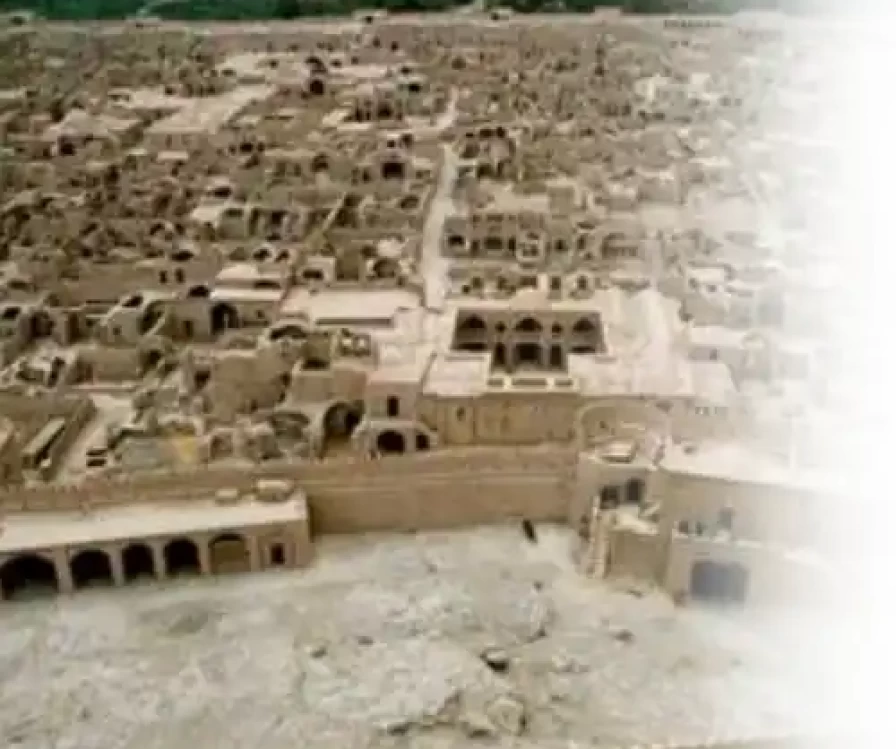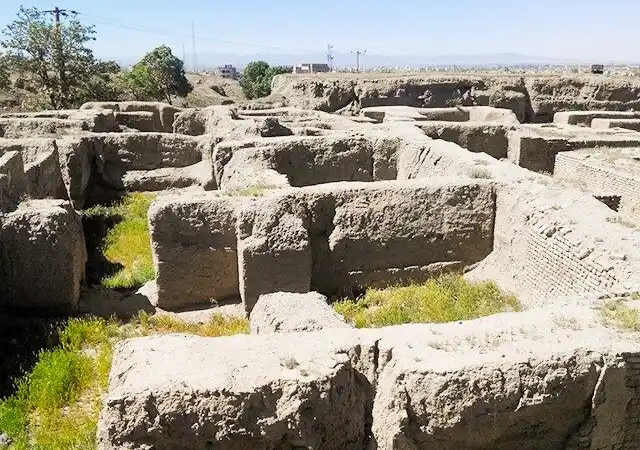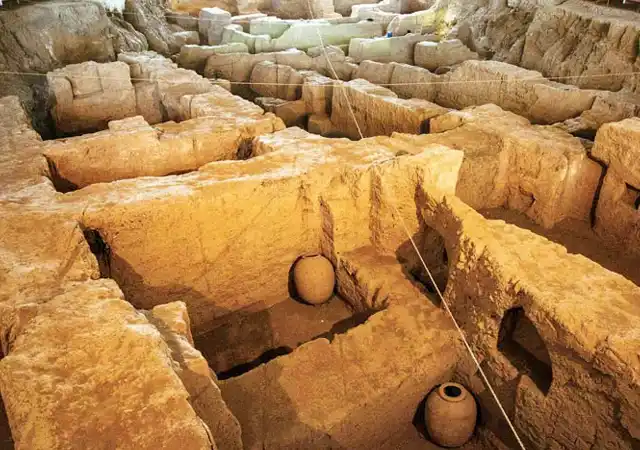
Ecbatana





Hegmataneh
Hegmataneh, known in modern Persian as Hamadan—meaning “the place of assembly” or “the gathering place”—was once the capital of the Medes, later serving as the summer capital of the Achaemenid Empire and the administrative center of Media from the Achaemenid period until the Sassanian era. The Greeks referred to it as Ecbatana. This ancient city is regarded as the first capital of Iran and, alongside Athens in Greece, Rome in Italy, and Susa in Khuzestan, is among the rare ancient cities of the world that have remained vibrant and significant. Herodotus attributed the founding of the city to Deioces, stating that it was encircled by seven walls, each painted a different color to represent one of the seven celestial bodies. The Encyclopaedia Iranica notes that the foundation of the Median state took place in 708 BCE with Hegmataneh at its center, established by Deioces. In 550 BCE, Astyages, the last Median king, was defeated by Cyrus the Great, after which Hegmataneh too fell under Persian control. Later, in 330 BCE, with the death of Darius III, Alexander the Great captured Hegmataneh and destroyed Persepolis, marking the end of the Achaemenid Empire.
Given its strategic location and resources, the site of Hegmataneh may have been inhabited even before the first millennium BCE, though no direct archaeological evidence confirms this. According to Herodotus, the city became the capital of the Medes in the late 8th century BCE, chosen by Deioces. He described a royal complex consisting of a palace, treasury, and military quarters built atop a hill, surrounded by seven concentric walls—each higher than the one outside it. Interestingly, the Assyrians, despite two centuries of conflict in the Zagros, never mention Hegmataneh, possibly because they never advanced east of Mount Alvand. Some traditions attribute the origins of the city to the legendary Semiramis or even to Jamshid. Others believe it was founded by Aryan tribes of the Medes around the 17th century BCE, making it the first capital of an Iranian empire. While Herodotus credited its construction to Deioces, some scholars ascribe it to Phraortes, the second Median king.
The Medes, Indo-Iranian tribes who settled in northern, central, and western Iran, eventually united—driven by social and cultural growth, interactions with local peoples, and the need to confront powerful neighbors such as the Assyrians. Their unity led to the fall of the once-dominant Assyrian Empire.
According to Greek historians, Hegmataneh (Ecbatana) was not only the first true city of the Medes but also their political and administrative hub, as well as their central treasury. Deioces, after consolidating his power, built a grand citadel with seven successive walls, each colored in accordance with one of the seven planets. The innermost palace was the tallest and most splendid. The walls were said to be painted white, black, purple, blue, and orange, with the innermost battlements adorned in silver and gold. The outer wall was as large as the fortifications of Athens. The royal palace itself, located at the center, contained hundreds of chambers, while the general population lived outside these fortifications.
According to accounts, the palace was so lavish that even the smallest wooden beam was gilded or decorated with precious stones. The walls were inlaid with gold and silver, and richly painted murals adorned the interiors. Nebuchadnezzar II, after conquering Jerusalem, once attempted to capture Hamadan but failed. In a letter to the king, his commander described Hegmataneh as “a city with towering walls, a great population, wide avenues, and abundant rivers,” a testament to the wealth and power of the Medes.
Archaeology of Hegmataneh offers a captivating glimpse into ancient Persian civilization. Explore Hegmataneh photos and learn about the Hegmataneh history . One of the most striking features of ancient Hegmataneh was its planned urban design. Excavations have revealed a sophisticated water supply network, wide paved streets, and an orderly arrangement of residential units. Streets up to five meters wide were paved with square bricks, while residential blocks were arranged symmetrically around central courtyards.
The first excavation was carried out by a French team in 1913, though their findings were never published. Between 1983 and 1999, about 140,000 square meters of the site were excavated, revealing one of the oldest layers of urban civilization. Discoveries included a massive defensive wall nine meters thick, flanked by large towers. More recent digs, led by Mohammad Rahim Sarraf, uncovered a vast city buried beneath the mound.
Findings include portions of the ancient fortification wall—up to nine meters thick and eight meters high—encircling the city. Over the past century, numerous valuable artifacts, mostly from the Achaemenid period, have been unearthed. Although Hegmataneh lost its primary status after the fall of the Medes, it remained important during the Achaemenid period, serving as the empire’s summer capital thanks to its location along the Royal Road linking Persepolis to Sardis. Ctesias, the Greek historian and physician at the court of Artaxerxes II, wrote that Semiramis ordered the construction of a palace there and, to solve the city’s water shortage, had a canal dug to bring water from a lake near Mount Alvand.
By the time of Darius III, when Alexander invaded, the city was in decline. Nevertheless, Darius ordered the construction of a large citadel known as “Saroug,” which contained three hundred treasure chambers, each secured with massive double iron doors. Modern Hamadan
Today, Hegmataneh is modern Hamadan, one of Iran’s most important regional centers. The city retains much of its ancient significance and attracts large numbers of domestic and international visitors each year. We hope one day to welcome you to Iran, to Hamadan Province, and to the historic site of Ecbatana itself.
Contact Us
+989054577261